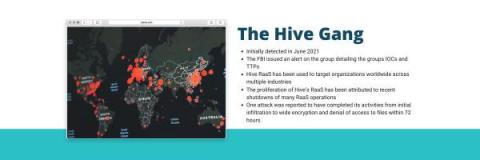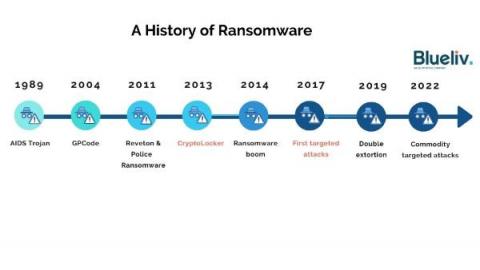The importance of application security: keeping your web apps safe
Web application security is crucial for any organization that relies on web-based applications. Learn about the importance of web application security and best practices for keeping your organization safe. The importance of web application security cannot be overstated. As organizations move towards web-based applications and services to run their business and connect with customers, it is becoming more vital than ever to secure those systems from malicious attacks.









